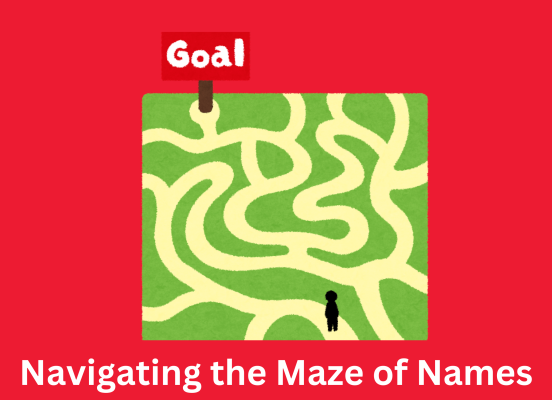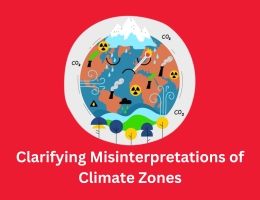
Navigating the Maze of Names: Exploring Confusion Between Cities with Similar Names
- By admin --
- Thursday, 07 Mar, 2024
Introduction:
Cities with similar names but located in different parts of the world present a fascinating phenomenon that often leads to confusion among travelers, geographers, and even locals. Instances like Paris, Texas, and Paris, France, showcase how identical or similar names can mask vast geographical and cultural differences. In this exploration, we delve into the instances where people mistake cities with similar names, examining the reasons behind the confusion, its consequences, and the cultural significance of these shared appellations.
The Puzzle of Identical Names:
Throughout the world, numerous cities bear strikingly similar names, reflecting historical, linguistic, and cultural connections that transcend geographical boundaries. These shared appellations often stem from common origins, such as historical figures, geographical features, or cultural landmarks, leading to a proliferation of cities with overlapping nomenclature across different regions and continents. While these cities may share linguistic or historical ties, they are often separated by vast distances and distinct cultural landscapes, contributing to the confusion surrounding their identities.
Instances of Confusion:
Paris, Texas, and Paris, France, stand as quintessential examples of confusion between cities with similar names. While Paris, France, is globally renowned as an iconic cultural and historical capital, Paris, Texas, is a smaller city nestled in the heart of the southern United States, known for its rustic charm and cowboy culture. Despite their stark differences in size, population, and cultural significance, the shared name often leads to misunderstandings, particularly among travelers unfamiliar with the geographical context.
Similarly, other cities around the world share identical or nearly identical names but possess distinct identities and cultural landscapes. For instance, Springfield is a commonly occurring name for cities across the United States, each with its own unique history and character. Likewise, cities such as Richmond, London, and Richmond, Virginia, share a common name but are separated by thousands of miles and divergent cultural contexts.
Causes of Confusion:
The confusion between cities with similar names arises from various factors, including linguistic similarities, cultural associations, and cognitive biases. Human beings are naturally inclined to recognize patterns and make associations based on familiar cues, leading to cognitive shortcuts that may influence our perception of geographical names and locations. Moreover, the prevalence of media, literature, and popular culture can further perpetuate misconceptions about cities with similar names, as fictional portrayals or depictions in movies and television may blur the boundaries between reality and fiction.
Consequences and Implications:
The confusion between cities with similar names can have practical consequences for travelers, businesses, and policymakers, particularly in the realms of tourism, commerce, and diplomacy. Misidentifying a city's location or cultural context may lead to misunderstandings, logistical challenges, or missed opportunities for collaboration and exchange. Furthermore, the phenomenon underscores the importance of geographical literacy and cultural understanding in navigating the complexities of the modern world.
Strategies for Mitigation:
To mitigate the confusion between cities with similar names, efforts should be made to promote geographical literacy, enhance cartographic accuracy, and foster cultural understanding. Educational initiatives aimed at teaching basic map skills and providing contextual information about cities with similar names can empower individuals to navigate the world with confidence and accuracy. Additionally, promoting cultural exchange and dialogue can foster mutual understanding and appreciation between cities with shared appellations, highlighting their unique contributions to global heritage and human civilization.
Conclusion:
Confusion between cities with similar names is a fascinating phenomenon that reflects the complexities of human perception, memory, and geographical awareness. While instances like Paris, Texas, and Paris, France, may lead to misunderstandings or misconceptions, they also offer opportunities to explore the intersections of language, culture, and geography. By promoting geographical literacy, enhancing cartographic accuracy, and fostering cultural understanding, we can navigate the map with clarity and appreciation for the diverse tapestry of cities around the world.





